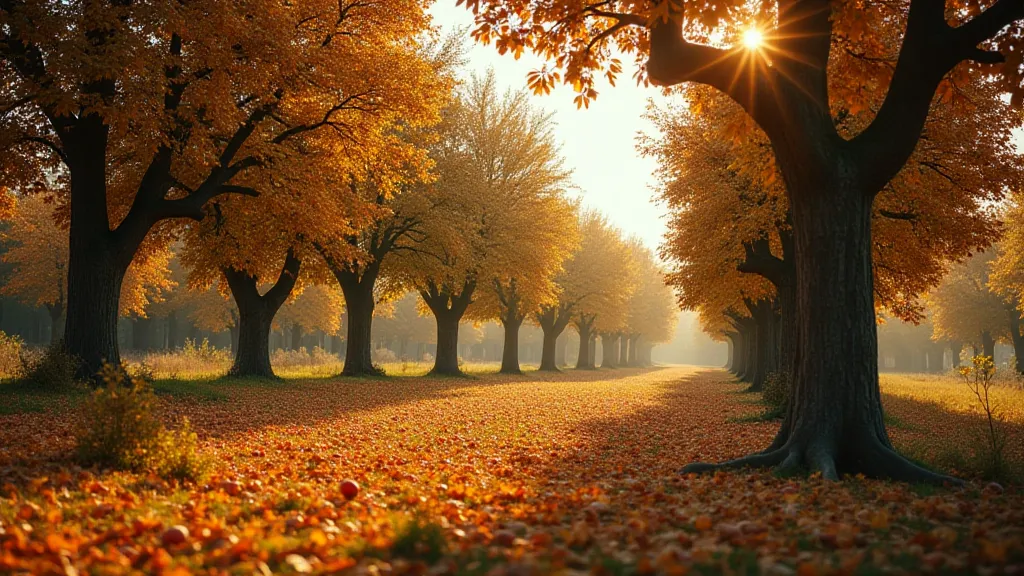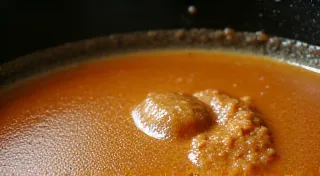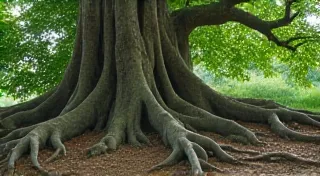The Orchard of Ideas: Cultivating a Rich Source of Inspiration
The most extraordinary creations aren't born from a vacuum. They aren't sudden flashes of genius, fully formed and perfect. Instead, they’re the fruits of careful tending, persistent observation, and a deep understanding of the fertile ground from which they spring. Think of an orchard, not a manicured display, but a wilder, more vibrant space, where ancient trees mingle with newer grafts, where fallen leaves nourish the soil, and where the sun and rain conspire to shape the harvest. Just like an orchard, a wellspring of inspiration requires cultivation.
For me, that orchard isn’t filled with apple or pear trees. It's populated by antique accordions.
A History Etched in Bellows and Keys
My fascination began, as so many do, with a chance encounter. It was in a dusty antique shop, overflowing with forgotten treasures. Tucked away in a corner, beneath a pile of moth-eaten textiles, was a small, unassuming accordion. Its mother-of-pearl keys were faded, its bellows cracked and stiff, but something about its silent dignity captivated me. It felt like holding a whispered secret, a story waiting to be told.
These instruments weren’t always relegated to dusty corners. The accordion's journey is a fascinating one. Originally a European folk instrument, evolving from the button accordion and the physharmonica, it quickly spread across the globe, adopted by cultures as diverse as those of Cajun Louisiana, Argentinian tango players, and Bavarian folk bands. They’re vessels of tradition, carrying the echoes of laughter, sorrow, and celebration across generations. Think of the itinerant musicians who traveled from town to town, their accordions their only companions, weaving melodies that became the soundtrack of countless lives.
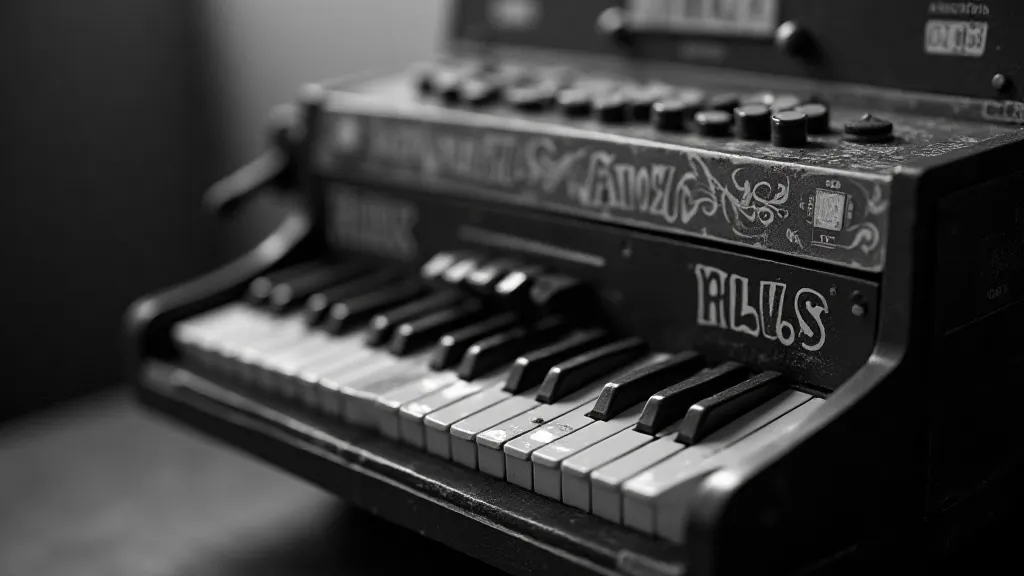
The Craftsmanship: A Testament to Skill
Examining an antique accordion isn’s just about appreciating its history; it’s about acknowledging the sheer skill involved in its creation. These weren't mass-produced items. Each accordion represents hours—often weeks or months—of painstaking labor by highly skilled artisans. The bellows, meticulously folded and glued, were crafted from layers of cloth, often linen or canvas, treated to be airtight and durable. The reeds, tiny pieces of metal, were painstakingly tuned to produce the instrument’s distinctive voice. The intricate ornamentation, the carving, the inlay work – all were done by hand, using tools that were often simple, but required an unparalleled level of expertise.
Consider the complexity of the reed block, a marvel of miniature engineering. Each reed is precisely positioned to vibrate at a specific frequency, contributing to the accordion’s overall timbre. The tolerances were incredibly tight, demanding a deep understanding of acoustics and materials science – all without the benefit of modern technology. It’s humbling to hold such a creation and realize the dedication and artistry it embodies.
Finding Inspiration in Imperfection
It's tempting to view antique instruments as broken or obsolete, relics of a bygone era. But I find inspiration in their imperfections. The cracks in the bellows tell a story of countless performances, of laughter and tears shared between musician and audience. The faded paint reveals the passage of time, a visual record of its journey through decades. These aren't flaws; they're marks of authenticity, testament to a life lived.
This philosophy extends beyond accordions, of course. Inspiration is often found in the overlooked, the forgotten, the imperfect. It’s in the weathered texture of an old stone wall, the subtle nuances of a forgotten melody, the quiet resilience of a wildflower pushing through concrete. The willingness to look beyond the polished surface, to embrace the beauty of decay and imperfection, is essential for fostering creativity.
Restoring an accordion is more than just repairing a broken instrument. It's a process of rediscovering a piece of history, of connecting with the hands that crafted it, of breathing new life into a silent voice. It’s a lesson in patience, a reminder that true beauty often requires time and care. Learning about the mechanics of the instrument – understanding how the reeds vibrate, how the bellows operate – provides a deeper appreciation for its functionality and artistic merit.
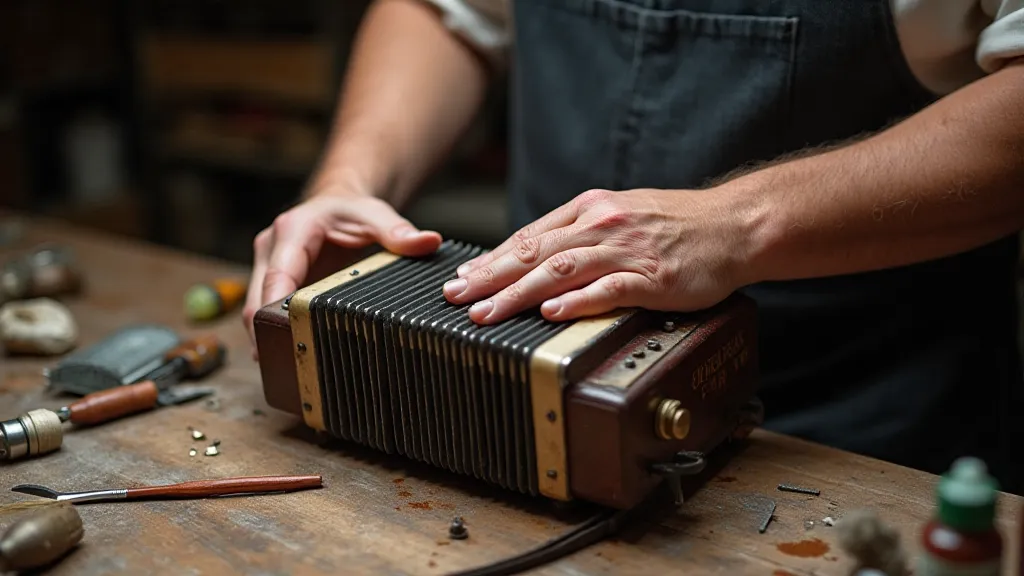
The Orchard's Bounty: Connecting the Dots
The process of collecting antique accordions isn’t solely about acquiring objects. It’s about building a narrative, a tapestry of stories interwoven with music, history, and craftsmanship. Each instrument is a chapter in a larger book, revealing insights into different cultures, eras, and artistic traditions.
And it's this broader perspective, this ability to connect seemingly disparate elements, that unlocks true inspiration. Seeing the link between the accordion's European roots and its adoption by Cajun musicians in Louisiana, for instance, reveals a fascinating story of cultural exchange and adaptation. Understanding the engineering principles behind the reed block informs a deeper understanding of acoustics and design. Appreciating the artistry of the mother-of-pearl inlay inspires a desire to create beauty in your own life.
Just as an orchard requires careful tending, creativity flourishes when nurtured with curiosity, patience, and a willingness to embrace the unexpected. Look for the forgotten corners, the overlooked details, the imperfections that tell a story. Collect experiences, gather knowledge, and connect the dots. Cultivate your own orchard of ideas, and watch as the fruits of your inspiration ripen and flourish.
